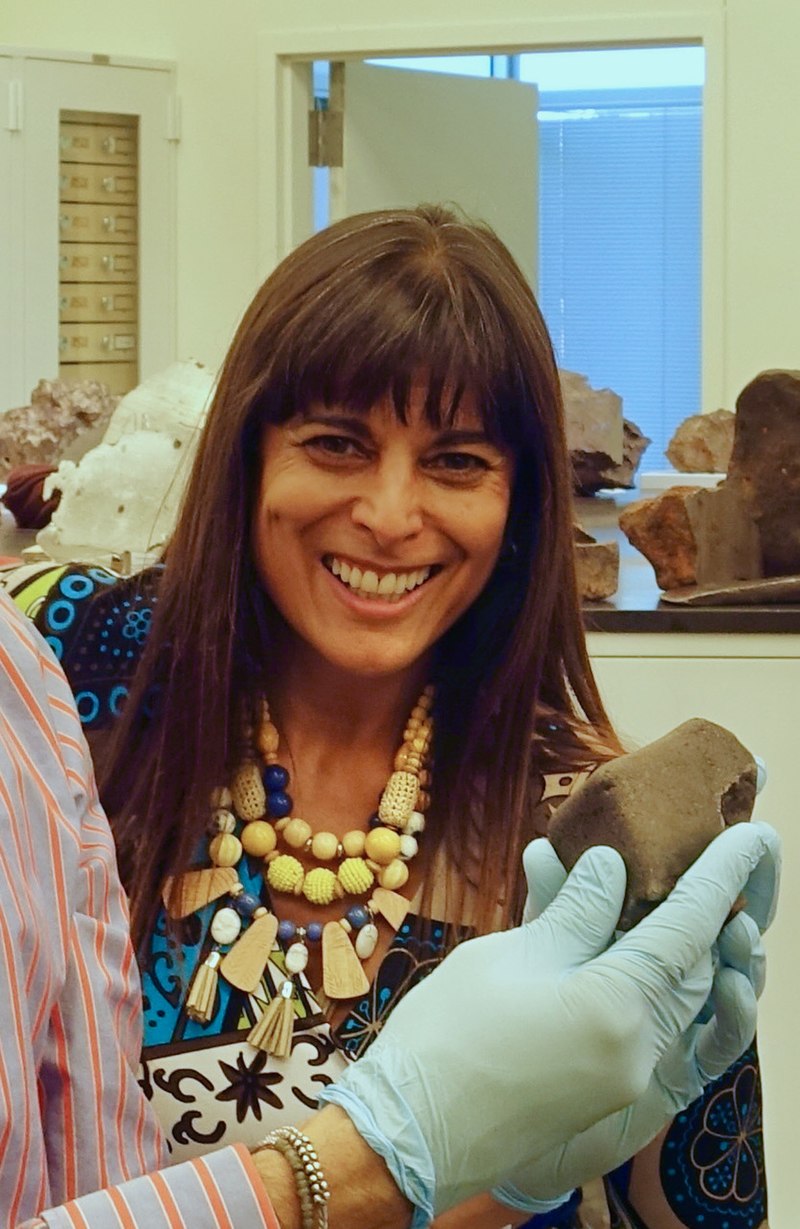Chondritic Components and the Formation of Earth: New Insights

In a groundbreaking study published on July 23, 2025, researchers revealed significant insights into the formation of Earth, emphasizing the role of chondritic components in the planet's accretion process. The findings, led by Susmita Garai from the University of California, Davis, and co-authored by Peter L. Olson of Johns Hopkins University and Zachary D. Sharp of the University of New Mexico, highlight the importance of metal grains, chondrules, and refractory inclusions in understanding Earth's major element composition.
The research, detailed in the pre-print available on arXiv, suggests that the mixtures of chondritic components used in the study align closely with Earth's elemental makeup, particularly iron (Fe), nickel (Ni), silicon (Si), magnesium (Mg), calcium (Ca), aluminum (Al), and oxygen (O). According to Dr. Garai, "Our best models indicate that a combination of chondritic components can replicate Earth's elemental ratios more accurately than previous models utilizing solely chondrites or iron meteorites."
Historically, the leading theories of Earth's formation have revolved around the concept of planetesimal accretion, where solid particles coalesce to form larger bodies. The current study advances this narrative by introducing the process of pebble accretion. This method involves the accumulation of small pebbles that contribute to the growth of protoplanets, a theory supported by recent astrophysical simulations.
The researchers employed various Stokes numbers to analyze the dynamics of particle sizes and densities during the accretion process. The findings demonstrate that a typical pebble column density of 1.2 kg/m² at one astronomical unit leads to the formation of protoplanet masses ranging between 0.35 and 0.7 times that of Earth within a span of two million years.
Dr. Peter L. Olson emphasized the relevance of these results in understanding not only Earth's formation but also the evolution of other terrestrial bodies in the solar system. He stated, "Our calculations indicate that the same processes could yield masses exceeding that of Earth, Moon, Venus, and Mercury when considering the total accumulation within the inner solar system."
This study builds upon previous research conducted by Johansen and Lambrechts (2017), which explored the chaotic dynamics of pebble accretion in protoplanetary disks. Furthermore, it aligns with the findings of Johansen et al. (2021), who noted the continued production of chondrules during the early solar system's evolution, crucial for forming terrestrial planets.
The implications of this research are multifaceted, impacting not only our understanding of Earth's geological history but also providing a framework for examining exoplanets formed under similar conditions. As the study posits, the composition of exoplanets can potentially mirror that of Earth, depending on the accretion processes they undergo.
In conclusion, the research emphasizes the viability of pebble accretion as a fundamental mechanism for building Earth from primitive chondritic components within the solar nebula's lifetime. As planetary science continues to evolve, these findings will likely spur further investigations into the formation processes of planets beyond our solar system. The full study is set to be published in the Geochimica et Cosmochimica Acta, establishing a new paradigm in our understanding of planetary formation.
Advertisement
Tags
Advertisement





